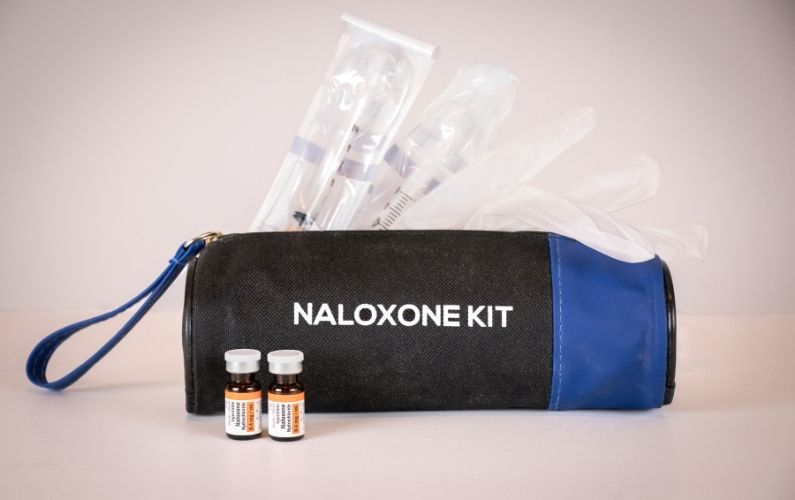Naloxone: What Is It and Why Do You Need It?

Naloxone is a drug that’s used to block or reverse the effects of an opioid overdose. Here’s what you need to know.
Did you know that drug-related deaths occur worldwide at a rate of 0.5 million people each year? The majority of these fatalities are caused by opioids, with more than 30% of those fatalities resulting from overdose.
What most people don’t know is that there are effective treatments such as naloxone that can reduce the risk of overdose, including death. Unfortunately, very few people are receiving this much-needed treatment.
This life-saving drug is available at all our pharmacy locations. Read on to learn more about it.
Naloxone: What Is It And Why Do You Need It?
What is Naloxone?
Naloxone is a medication that can reverse the effects of an opioid overdose. Opioids refer to pain-relieving prescription medications or illicit drugs such as heroin, fentanyl and morphine. Some illicit drugs may be mixed with opioids without your knowledge.
Who is it For?
Naloxone is for you if you are taking prescription opioids or illicit drugs. It is also available to your friends and family members who might be at risk of an overdose or who may be able to assist you if you were to experience an overdose.

How Does it Work?
Naloxone is a medicine that rapidly reverses an opioid overdose. It attaches to opioid receptors and reverses and blocks the effects of other opioids.
Naloxone is a safe medicine. It only reverses overdoses in people with opioids in their systems. It is administered by injecting into a large muscle group, such as the deltoids on the upper arms.
Is Naloxone Safe?
Yes, it is safe. For decades, emergency departments and ambulance personnel have used it to treat opioid overdoses.
This drug has no effect if you do not have opioids in your system. It will not make you “high” and it does not induce addiction or dependency.
However, it is possible that if you have built a tolerance to opioids, naloxone will cause you to go through withdrawal symptoms. Although unpleasant, the withdrawal symptoms are not deadly.
Potential Side Effects
If you or someone you know has an allergic reaction to naloxone, seek medical treatment immediately. Although cases of allergic reactions are rare, these could include swelling in the face, throat or lips and hives. Don’t drive or do any other tasks that may be unsafe.
This medication may cause symptoms of opioid withdrawal which include:
- Feeling anxious, restless, or irritable
- Body aches
- Dizziness or weakness
- Diarrhea, stomach pain, or nausea
- Fever, or chills
- Sneezing or runny nose in the absence of a cold
Is Naloxone Addictive?
No. Research on the use of naloxone has shown that it does not lead to increased drug use when used as recommended.
When to Use It
It’s important to have this vital medication with you because it’s meant to buy time in an emergency overdose situation until proper help can arrive.
It is also a life-saving drug that can help prevent brain damage or death in a person who is unconscious due to an opioid overdose. It blocks opioid receptors in the body and restores breathing within two to five minutes of administration.
Knowing how to recognize the signs of an opioid overdose can help you determine when to use naloxone. Common signs include:
- Difficulty walking, talking, or staying awake
- Blue lips or nails
- Small pupils
- Cold and clammy skin
- Confusion and dizziness
- Extreme drowsiness
- Choking, gurgling, or snoring sounds
- Difficulty breathing
- Unconsciousness
If you use opioids (even if prescribed), you should always carry it with you just in case.
Where to Get Naloxone
You can get a free naloxone kit at any of our pharmacy locations. You don’t need a prescription to get it and our pharmacists will also show you how to use it safely. Alternatively, you can take online training here.

Finally, we hope you found this post helpful and encourage you to contact us if you have any further questions.


